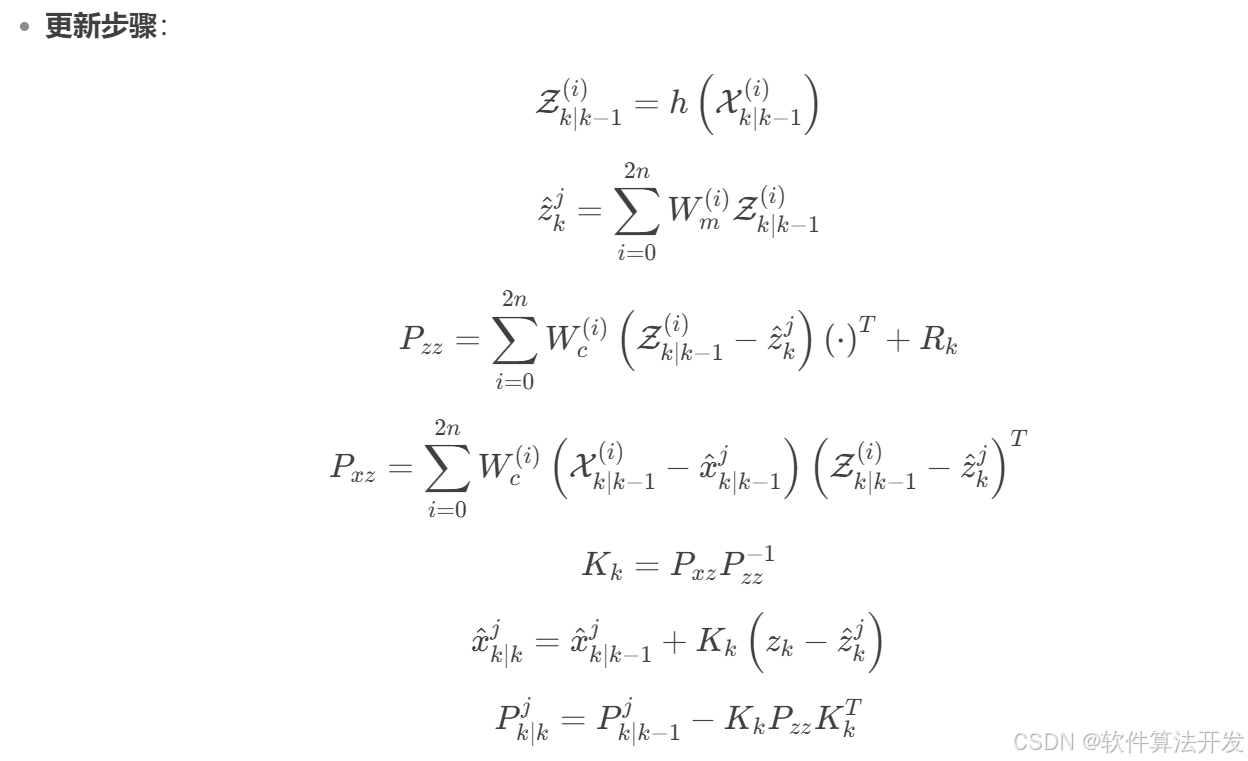人工智能例子汇总:AI常见的算法和例子-CSDN博客
完整代码:
import torch
import torch.nn as nn
import torch.optim as optim
from sklearn.feature_extraction.text import TfidfVectorizer
from sklearn.model_selection import train_test_split
from sklearn.metrics import accuracy_score
import numpy as np
# 增强的数据集:更多的垃圾邮件与正常邮件样本
X = [
"Congratulations! You've won a $1000 gift card. Claim it now!",
"Dear friend, I hope you are doing well. Let's catch up soon.",
"Urgent: Your bank account has been compromised. Please contact support immediately.",
"Hello, just wanted to confirm our meeting at 2 PM today.",
"You have a new message from your friend. Click here to read.",
"Get a free iPhone now! Limited offer, click here.",
"Last chance to claim your prize, you won $500!",
"Meeting scheduled for tomorrow. Please confirm.",
"Hello! You are invited to an exclusive event!",
"Click here to get free lottery tickets. Hurry up!",
"Reminder: Your subscription will expire soon, renew now.",
"Don't forget to submit your report by end of day today."
]
y = [1, 0, 1, 0, 0, 1, 1, 0, 0, 1, 0, 0] # 1 为垃圾邮件,0 为正常邮件
# 使用 TfidfVectorizer 进行文本向量化
vectorizer = TfidfVectorizer(stop_words='english') # 去除停用词
X_vec = vectorizer.fit_transform(X).toarray()
# 划分训练集和测试集
X_train, X_test, y_train, y_test = train_test_split(X_vec, y, test_size=0.33, random_state=42)
# 定义逻辑回归模型
class LogisticRegressionModel(nn.Module):
def __init__(self, input_dim):
super(LogisticRegressionModel, self).__init__()
self.fc = nn.Linear(input_dim, 1) # 线性层,输入维度是特征的数量,输出是1
def forward(self, x):
return torch.sigmoid(self.fc(x)) # 使用sigmoid激活函数输出0到1之间的概率
# 定义训练过程
def train_model(model, X_train, y_train, num_epochs=200, learning_rate=0.001):
criterion = nn.BCELoss() # 二分类交叉熵损失
optimizer = optim.Adam(model.parameters(), lr=learning_rate) # 使用Adam优化器
X_train_tensor = torch.tensor(X_train, dtype=torch.float32)
y_train_tensor = torch.tensor(y_train, dtype=torch.float32).view(-1, 1)
for epoch in range(num_epochs):
model.train()
optimizer.zero_grad()
outputs = model(X_train_tensor)
loss = criterion(outputs, y_train_tensor)
loss.backward()
optimizer.step()
if (epoch + 1) % 10 == 0:
print(f'Epoch [{epoch+1}/{num_epochs}], Loss: {loss.item():.4f}')
# 测试模型
def evaluate_model(model, X_test, y_test):
model.eval()
X_test_tensor = torch.tensor(X_test, dtype=torch.float32)
y_test_tensor = torch.tensor(y_test, dtype=torch.float32).view(-1, 1)
with torch.no_grad():
outputs = model(X_test_tensor)
predictions = (outputs >= 0.5).float() # 阈值设为0.5
accuracy = accuracy_score(y_test, predictions.numpy())
print(f'Accuracy: {accuracy * 100:.2f}%')
# 训练并评估模型
input_dim = X_train.shape[1] # 输入特征的数量
model = LogisticRegressionModel(input_dim)
train_model(model, X_train, y_train, num_epochs=200, learning_rate=0.001)
evaluate_model(model, X_test, y_test)
# 预测新邮件
def predict(model, new_email):
model.eval()
new_email_vec = vectorizer.transform([new_email]).toarray()
new_email_tensor = torch.tensor(new_email_vec, dtype=torch.float32)
with torch.no_grad():
prediction = model(new_email_tensor)
return "Spam" if prediction >= 0.5 else "Not Spam"
# 检测新邮件
email_1 = "Congratulations! You have a limited time offer for a free cruise."
email_2 = "Hi, let's discuss the project updates tomorrow."
print(f"Email 1: {predict(model, email_1)}") # 可能输出:Spam
print(f"Email 2: {predict(model, email_2)}") # 可能输出:Not Spam
1. 数据预处理
- 准备数据集:包含垃圾邮件(Spam)和正常邮件(Not Spam)。
- 文本向量化:使用
TfidfVectorizer将文本转换为数值特征,使模型能够处理。 - 去除停用词:排除无意义的常见词(如 "the", "is", "and"),提高模型性能。
2. 训练集与测试集划分
- 将数据集拆分为训练集和测试集,以 67% 训练,33% 测试,保证模型有足够数据训练,同时可以评估其泛化能力。
3. 逻辑回归模型
- 搭建 PyTorch 逻辑回归模型:
- 采用
nn.Linear()构建一个单层神经网络(输入为文本特征,输出为 1 个数值)。 - 使用
sigmoid作为激活函数,将输出转换为 0-1 之间的概率值。
- 采用
4. 训练模型
- 定义损失函数:使用二元交叉熵损失 (
BCELoss),适用于二分类问题。 - 优化器:采用
Adam优化器,以0.001学习率进行参数优化。 - 训练流程:
- 计算前向传播的输出。
- 计算损失值,衡量预测结果与真实标签的差距。
- 进行反向传播,更新权重参数。
- 迭代多轮(如 200 轮),不断优化模型。
5. 评估模型
- 将测试数据输入模型,预测结果并与真实标签进行对比。
- 计算准确率,评估模型在未见过的数据上的表现。
6. 预测新邮件
- 将新邮件转换为数值特征(与训练时相同的方法)。
- 使用训练好的模型进行预测。
- 阈值判断:如果输出概率 ≥ 0.5,则判断为垃圾邮件,否则为正常邮件。





